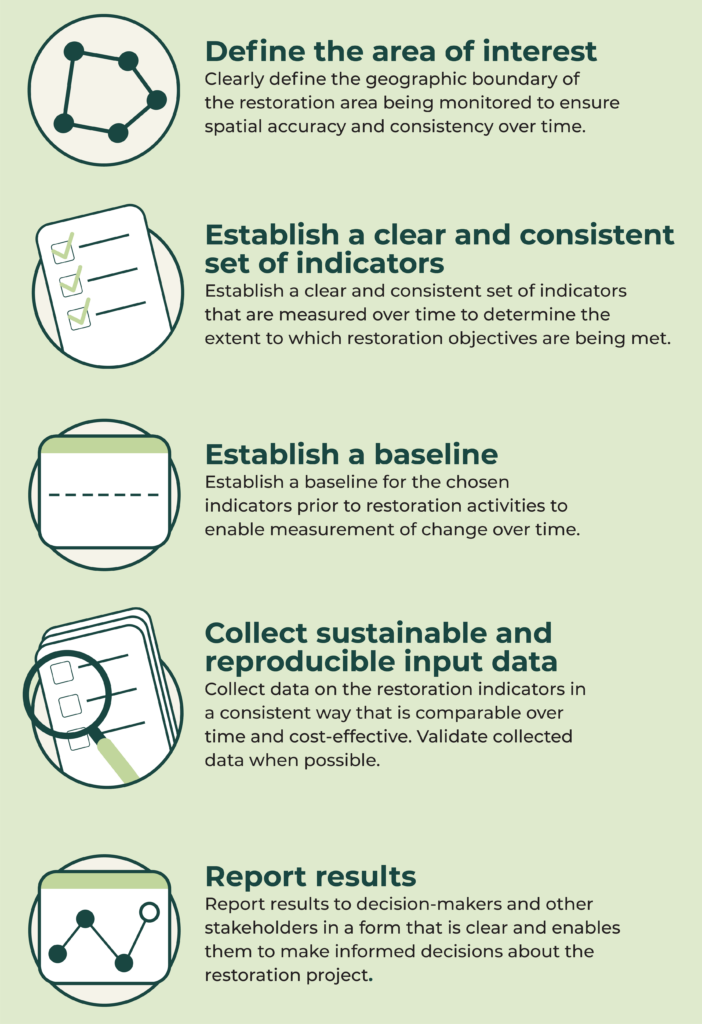Landscape restoration projects are gaining momentum all over the world. Global and regional commitments like the Bonn Challenge, Initiative 20×20, Africa Forest Landscape Restoration Initiative (AFR100), and Trillion Trees Campaign are driving large scale investments in restoration. Private and philanthropic organizations are also investing in restoration to rehabilitate degraded land in agricultural supply chains, improve livelihoods, and generate carbon credits.
Well-designed restoration projects that incorporate careful assessments of project sites, locally-adapted species, and deep consultation with local and Indigenous communities can provide significant climate, biodiversity, and socio-economic benefits. At the same time, poorly-designed projects and a lack of information about project outcomes drive skepticism about the long-term viability of restoration and its benefits. With limited information, project implementers, funders, and decision makers struggle to know which restoration activities are solving problems and which pose risks.
Restoration projects need monitoring to ensure and prove their success
Restoration requires a lot of time and resources. It can take years to realize benefits to biodiversity, soil, water, people, and the climate. Funders and implementers need to know if their time and resources are being well-spent. Governments need to be able to report on achieving their commitments. Accurate, consistent monitoring enables restoration approaches to be replicated and expanded where they are working, and adapted where they are not.
Restoration monitoring builds evidence for the impacts of project activities. Monitoring allows project implementers to decide to continue or change their restoration approaches and builds trust between funders and restoration implementers. Adaptive management of restoration projects requires transparent monitoring systems that assess restoration activities before and after implementation, and document ecological and socioeconomic outcomes and benefits.
The question is: how do we monitor restoration? Restoration monitoring is not simple. The plethora of restoration activities, wide range of sizes of restoration projects, and numerous options for collecting and analyzing data can be overwhelming. Restoration monitoring needs to be consistent and long-term. It requires a significant commitment of time and resources. Because monitoring is both essential and complex, setting up an effective monitoring system can be daunting.
Enter the Restoration Monitoring Tools Guide
The Restoration Monitoring Tools Guide is a website that explains restoration monitoring, presents real-world applications of restoration monitoring tools, and helps users identify the best tools for monitoring restoration activities. The Tools Guide defines five essential steps for restoration monitoring (Figure 1), identifies tools that can be used to monitor restoration for each of those steps, and provides real-world examples of monitoring using those tools.

The Tools Guide was launched in March 2023 by Climate Focus and World Resources Institute (WRI), in partnership with the UN Decade on Ecosystem Restoration Task Force on Monitoring and members of the Global Restoration Observatory (GRO). Climate Focus and WRI developed the Tools Guide in response to GRO members’ concerns that restoration monitoring lacked coherent approaches and sorting through all the tools and approaches for restoration monitoring created barriers to implementation.
There is no one-size-fits-all approach to restoration monitoring. The five monitoring steps detailed in the Tools Guide need to be adapted to the size of the area being monitored, the types of restoration being implemented, the conditions of the ecosystem, and the needs of people involved. For example, the approach to monitoring tree survival and crop yields in a 10-hectare plot of land looks very different from in a 1-million-hectare watershed. The goals of the restoration activity, the indicators that need to be measured to show progress on these goals, available resources for collecting data, the stakeholders who need to be informed, and other factors influence how restoration monitoring is conducted.
The ToolFinder: Find the right restoration tools in a few clicks
There are numerous tools available to help with restoration monitoring, but figuring out which tools are right for a given project’s scale, goals, or ecosystem can be overwhelming. The Tools Guide’s ToolFinder helps users find the right tools to monitor their restoration activities. The ToolFinder is an interactive decision-tree (Figure 2) that helps users to find the appropriate monitoring tools for their restoration activity.
Users spend three minutes or less answering short questions about their restoration monitoring needs. Based on their responses, the ToolFinder point users to a selection of possible tools and more information about each—including the main uses of the tool, the scales in which it can be used, languages in which it is available, and whether there is a cost for using it.

The Tools Guide also features ten case studies of monitoring tools in use around the world. The tools that are featured in the Guide were selected because they are currently ready to use, are specifically relevant to restoration, are adaptable to multiple geographies, and support at least one of the essential steps for restoration monitoring. The Guide currently focuses on terrestrial restoration monitoring, but new tools and additional ecosystems may be included in the future. Because the restoration monitoring space is continuously evolving, the “Submit a Tool” form provides users with an opportunity to suggest tools and resources that could be included in future updates of the Guide.
The Tools Guide is a valuable resource for anyone involved in restoration projects.
By providing monitoring steps, tools, and case studies, the Guide supports restoration efforts that are effective and impactful. Monitoring is critical to realizing the potential long-term climate, biodiversity, and social benefits of restoration. Restoration monitoring is not a simple task, but if done effectively it can support the transformation of degraded landscapes and help communicate the potential of restoration by demonstrating what has already been accomplished.


